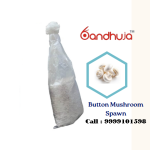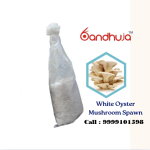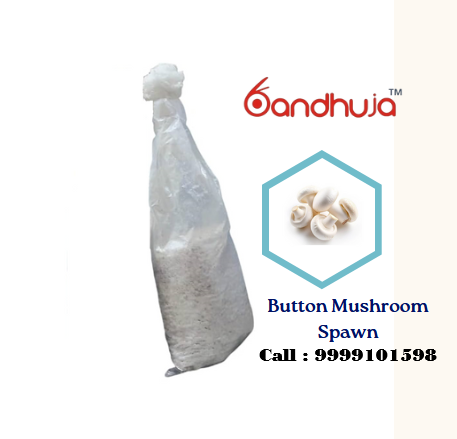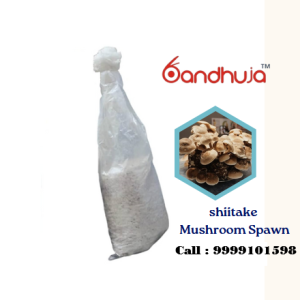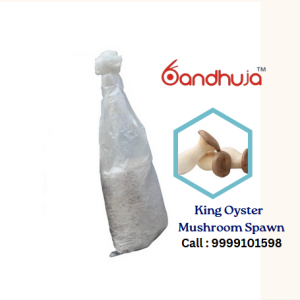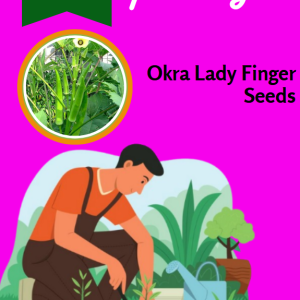Description
Button mushroom farming, also known as Agaricus bisporus cultivation, is a popular and lucrative agricultural practice. Button mushrooms are one of the most commonly consumed mushrooms worldwide, known for their mild flavor and versatility in various dishes. Here’s an overview of the key aspects of button mushroom farming:
1. Growing Conditions
Button mushrooms thrive in controlled environments. The ideal conditions for their growth include:
Temperature: The optimal temperature for growing button mushrooms is between 55°F to 60°F (13°C to 16°C) during the spawn run and around 60°F to 65°F (16°C to 18°C) during the fruiting stage.
Humidity: High humidity levels (around 85-90%) are crucial for mushroom development. Proper ventilation is also necessary to prevent the buildup of carbon dioxide.
Light: Button mushrooms require low light conditions. Indirect light is sufficient for their growth.
2. Substrate Preparation
The substrate is the material on which mushrooms grow. For button mushrooms, a composted substrate is typically used, which can include:
Straw: Wheat or barley straw is commonly used as a base.
Manure: Horse or poultry manure is often added to enrich the substrate with nutrients.
Gypsum: This is added to help with the structure of the compost.
The substrate must be pasteurized to eliminate pathogens and pests before inoculation with mushroom spawn.
3. Spawn Inoculation
Mushroom spawn is the mycelium of the mushroom, which is used to inoculate the substrate. The spawn is mixed into the prepared substrate in a clean environment to prevent contamination. After inoculation, the substrate is placed in a dark, humid environment to allow the mycelium to colonize the substrate.
4. Fruiting
Once the mycelium has fully colonized the substrate (usually within 2-3 weeks), the conditions are altered to initiate fruiting. This involves:
Lowering the temperature slightly.
Increasing humidity.
Introducing fresh air.
After a few days, small mushroom pins will start to form, which will grow into mature button mushrooms.
5. Harvesting
Button mushrooms are typically harvested when they are still closed and white, which is when they are most flavorful. Harvesting is done by gently twisting the mushrooms to avoid damaging the surrounding mycelium, allowing for subsequent flushes of mushrooms.
6. Post-Harvest Handling
After harvesting, mushrooms should be cleaned and packaged properly to maintain freshness. They are usually stored in cool conditions and can be sold fresh or processed for various culinary uses.
7. Challenges in Button Mushroom Farming
Pest and Disease Management: Common pests include flies and mites, while diseases can include bacterial blotch and cobweb mold. Integrated pest management strategies are essential.
Market Demand: Understanding market trends and consumer preferences is crucial for successful sales.
Environmental Control: Maintaining optimal growing conditions can be challenging, especially in fluctuating climates.
8. Economic Viability
Button mushroom farming can be a profitable venture due to the high demand for fresh mushrooms. With proper management practices, farmers can achieve multiple flushes from a single substrate, maximizing yield and profitability.
Conclusion
Button mushroom farming is a rewarding agricultural practice that requires attention to detail and careful management of growing conditions. With the right techniques and knowledge, it can be a sustainable and profitable business for aspiring farmers.

